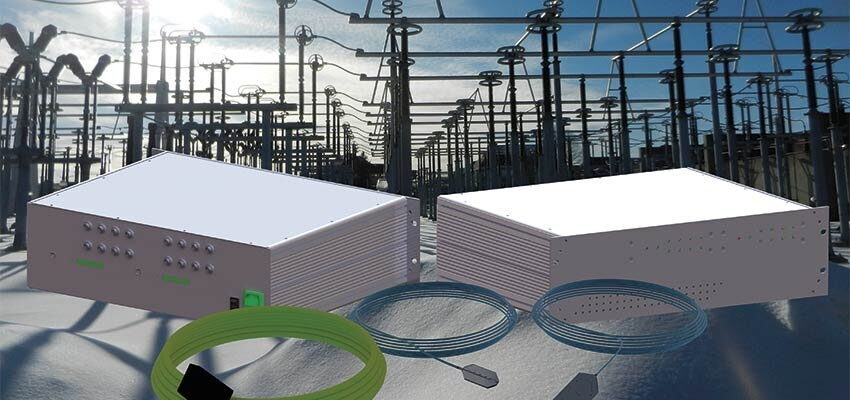
The danger of vibration in power transformers
1. Introduction The key to a sustainable power grid rests on high voltage power transformers. Transformers used in the North American power networks are currently...
byPeter KUNG

1. Introduction
The key to a sustainable power grid rests on high voltage power transformers. Transformers used in the North American power networks are currently over 30 years of age on average, and many are approaching the end of designed service lives. In managing the power grids safe operation, partial discharge (PD) is considered a best indicator for the transformers’ residual lives. PD monitoring is currently the most persuasive tool used to forecast a transformer’s remaining life. In this respect, the industry relies on using piezoelectric-based PD sensors, which are mounted on a transformer’s tank walls to collect the PD related vibration signature analysis. The difficulty of signature analysis, which lies with poor signal quality, curbs the accurate life prediction. This paper proposes and describes an innovative method based on thin fiber optics sensor technology. The new optic fiber sensor can fit right into transformer windings, thus achieving the desired direct measurement of winding vibration without the signal attenuation and degradation associated with external sensors. The development of this new technology has been inspired by extensive academic research, in which a rigorous finite element modeling was employed to simulate the magnetic force interaction and the mechanical vibration inside a transformer. The new sensor is not only capable of measuring the vibration behavior, but also simultaneously obtains the operating temperature in the core of a transformer. A showcase of the technology’s application was conducted in collaboration with an industry partner, which came out with successful results that have proved the technology’s capability in providing a cost-effective monitoring and diagnostic tool. To serve for extending the installed transformers’ safe operating lives, some further field testing has been arranged with an aim to adapt the sensor’s design structure and to make it compatible with OEMs’ manufacturing process.
2. Why is transformer monitoring necessary?
Drastic changes are happening in the power industry as everybody is trying to adjust to the new Environmental Protection Agency (EPA) regulations issued in the United States to reduce the greenhouse gas emission as a major cause of climate change. One outcome is the rapid growth of renewable energy such as solar and wind power. The intermittent nature of these renewable sources requires an adaptation of fast-response power sources to balance the grid. Luckily, shale gas is now abundantly available and inexpensive in the USA, which allows the utility sector to switch from coal to gas. On the other hand, there are utilities that wish to address the reliability and the performance of the existing grids. Many of them have started building extensive transmission networks, for which the key equipment is the high voltage power transformer.







